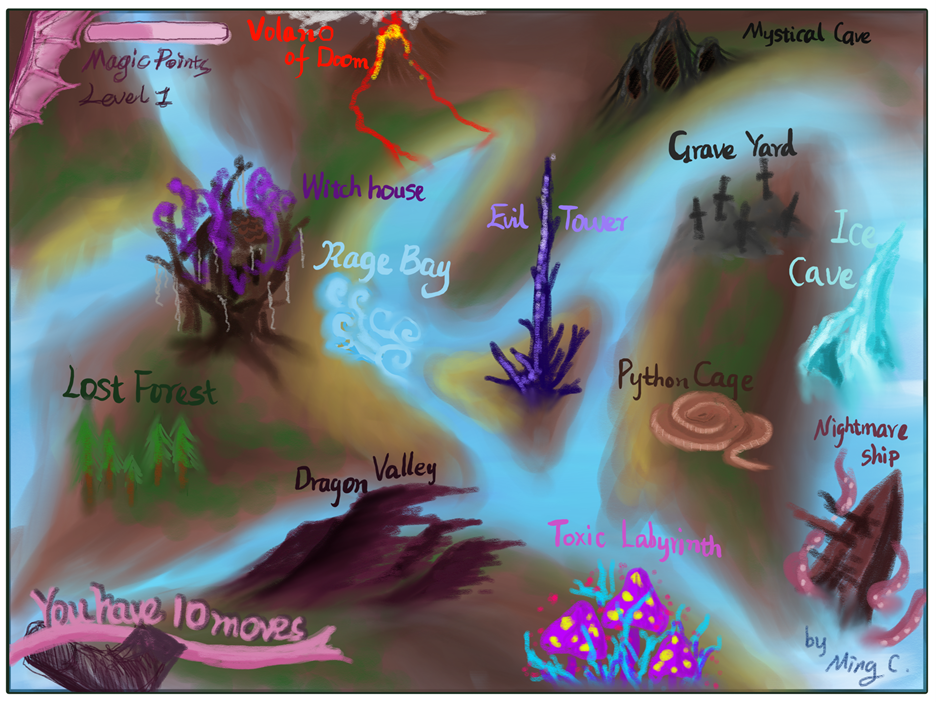There are two projects that I am potentially exploring to develop into my ITP project. Sharing a brief overview of both below:
Project I: A crowd sourced guide to Mental Health and Well Being in India
Young people in India, like their counterparts across the world, face many stressors in their everyday lives. While some are able to navigate them with relative ease, supported by crucial internal and external resources, others are not so lucky. According to WHO estimates, as many 40 % young people could be dealing with depression and anxiety in India. Another worrisome statistic is the increasing rates of death by suicide among those between 16-29 years in India. Unfortunately, even as young people face varying degrees of emotional distress, conversations around mental health remain a taboo in India. Traditionally people have sought recourse through religious collectives during such times of distress, however these may not be adequate or sufficient to address the complex challenges young people face. In my own life, I have found it difficult to find a therapist for myself relying on informal referral networks to guide my decision. Given this lacuna, I would like to work on a website that can be a “go-to” for young people experiencing emotional distress. The website will collate existing resources that are available, usually in a fragmented manner on different Instagram handles/ social media accounts, informal peer networks, nonprofit organizations. The website will draw from an intersectional approach to healing that is humanistic, underscoring the ways in which mental health is impacted by social and political structures. The design of the website will be interactive, offering users multiple pathways through which to direct their healing journey. Possible architecture of the website
HOW ARE YOU FEELING TODAY -> SAD ☹
- WOULD YOU LIKE TO HEAR THE LIFE EXPERIENCES OF OTHERS
- WOULD YOU LIKE TO REACH OUT TO A THERAPIST/COUNSELLOR NEAR YOU?
- WOULD YOU LIKE TO FIND A SUPPORT GROUP/PEER MENTOR NEAR YOU?
- WOULD YOU LIKE MORE INFORMATION?
- WOULD YOU LIKE TO READ SOMETHING?
- WOULD YOU LIKE TO LISTEN TO SOME GOOD MUSIC?
- CLICK HERE FOR S.O.S INFORMATION
- CAN I CONNECT WITH A NON PROFIT IN MY AREA?
OPTION II: An archive of Feminist Carceral resistance
New York has a rich legacy of feminist organizing and prison abolition and reform. One such event was the hearings on Domestic Violence and Criminal Justice that had been held for an audience of legislators and policy makers at Bedford Hills Correctional Facility in 1985. This crucial moment in feminist history, birthed out of the collective carceral wisdom of criminalized survivors at Bedford, working in coalition with feminist activists in the Governor’s office, had been swept out of history. The hearings held 35 years earlier, and the subsequent organizing by women inside and outside the prison, have been crucial for the passage of the Domestic Violence Survivor’s Justice Act (2019).
As part of the Survivor Justice Voice Project, a group of scholars/ activists have been working to chronicle, through oral histories, the 1985 hearings to unpack the courage, complex solidarities and political commitments galvanized then, resonating today. To date we have conducted interviews with four formerly incarcerated women who testified at the hearings, four high level administrators/lawyers in the Governor’s Office and at the prison, and three advocates/activists who worked with the women to craft narratives for the Hearings. As part of the ITP project, I would probably help in developing some sections of this online Archive. At present, I am developing a timeline that documents events prior to the 1985 hearings and subsequent initiatives that were mobilized as a consequence of it, leading upto the 2019 passage of the DVSJA act.
(Apologies for the delay in posting this!)


